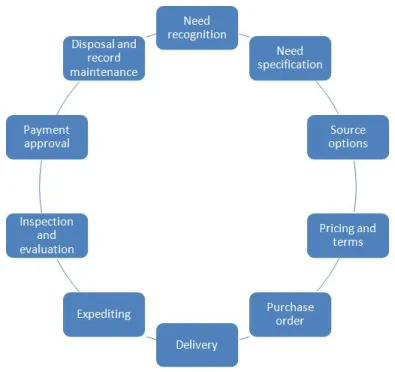Maximizing Efficiency: Best Practices for Implementing BPM Software
- donnariekepro
- Aug 22, 2024
- 3 min read
In today’s competitive business environment, efficiency is crucial. Business Process Management (BPM) software offers a powerful solution for streamlining operations, enhancing productivity, and achieving organizational goals. However, successful implementation of BPM software requires careful planning and adherence to best practices. Here’s a comprehensive guide to help you maximize efficiency when implementing BPM software.
1. Define Clear Objectives
Before diving into BPM software implementation, clearly define your objectives. Identify the specific business processes you want to improve, the inefficiencies you’re facing, and the goals you aim to achieve. Whether it's reducing processing time, improving accuracy, or enhancing customer satisfaction, having well-defined objectives will guide your selection process and help you measure the software’s success.
2. Involve Key Stakeholders
Engage key stakeholders from the outset. Involve employees who will be using the software and those impacted by the changes. Their insights and feedback are invaluable for understanding the practical needs and potential challenges. Creating a cross-functional team that includes IT, operations, and management ensures that the software meets diverse needs and gains broad support.
3. Choose the Right BPM Software
Selecting the right BPM software is critical. Consider factors such as scalability, ease of integration with existing systems, and user-friendliness. Look for software that offers robust features such as process modeling, automation, and real-time analytics. Evaluate different vendors, and if possible, request demonstrations or trials to assess how well the software aligns with your requirements.
4. Map and Analyze Existing Processes
Before implementing the software, map out your current business processes. This step involves documenting workflows, identifying bottlenecks, and understanding how tasks flow from one step to the next. Analyzing these processes will help you identify areas for improvement and ensure that the BPM software is configured to address specific pain points.
5. Start with a Pilot Program
Implement BPM software in phases, starting with a pilot program. Choose a single department or process to test the software’s functionality and impact. This approach allows you to evaluate the software’s performance, gather user feedback, and make necessary adjustments before a full-scale rollout. A successful pilot program can also help build momentum and demonstrate the software’s value to other departments.
6. Provide Comprehensive Training
Effective training is crucial for successful BPM software implementation. Provide comprehensive training sessions for all users, covering how to use the software, understand workflows, and troubleshoot common issues. Training should be ongoing, with refresher courses and updates as needed. Ensuring that users are comfortable with the software will help minimize resistance and improve adoption rates.
7. Monitor and Evaluate Performance
Once the BPM software is implemented, continuously monitor and evaluate its performance. Use the software’s analytics and reporting features to track key metrics such as process efficiency, error rates, and user satisfaction. Regularly review these metrics to identify areas for improvement and ensure that the software is meeting your objectives.
8. Foster Continuous Improvement
BPM software implementation is not a one-time event but an ongoing process. Foster a culture of continuous improvement by regularly reviewing and refining processes. Encourage feedback from users and make iterative adjustments to the software and workflows as needed. Staying proactive in optimizing your BPM system will help you maintain efficiency and adapt to changing business needs.
9. Ensure Data Security
Data security is a critical consideration when implementing BPM software. Ensure that the software complies with relevant regulations and standards for data protection. Implement robust security measures such as encryption, access controls, and regular security audits to safeguard sensitive information and maintain the integrity of your processes.
10. Communicate Effectively
Effective communication is key to successful BPM software implementation. Keep all stakeholders informed about the progress, benefits, and changes associated with the software. Address any concerns promptly and celebrate milestones and successes to maintain enthusiasm and support throughout the implementation process.
Conclusion
Implementing BPM software can significantly enhance operational efficiency and drive business success. By following these best practices—defining clear objectives, involving stakeholders, choosing the right software, and fostering continuous improvement—you can maximize the benefits of BPM software and achieve your organizational goals. With careful planning and execution, BPM software can transform your business processes and position your organization for long-term success. SITES WE SUPPORT
SOCIAL LINKS




Comments